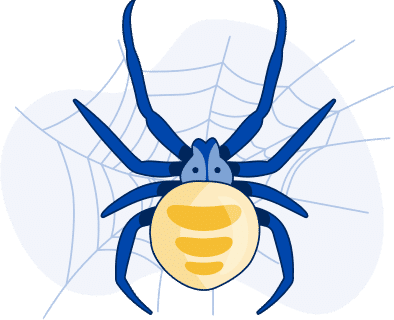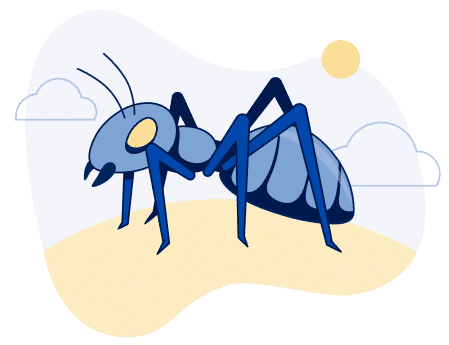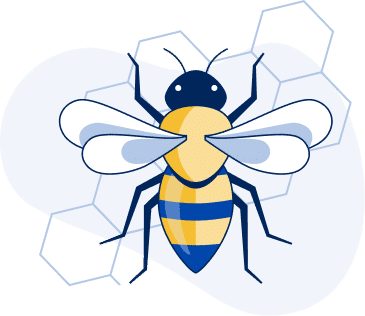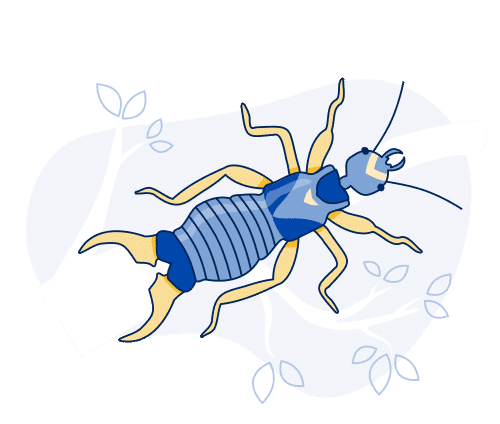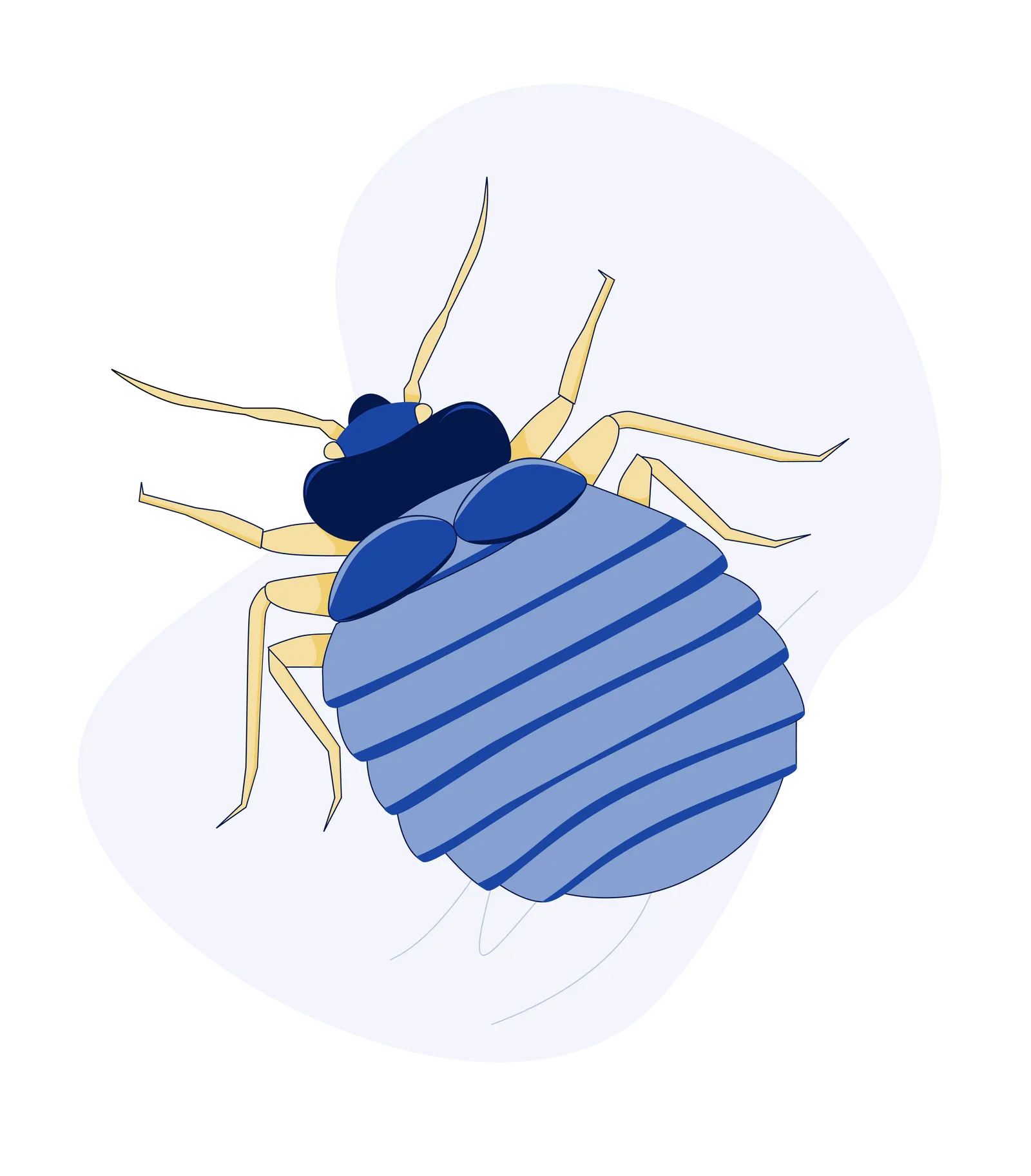How to Tell the Difference Between Cicada Killers and Other Wasps in Provo?
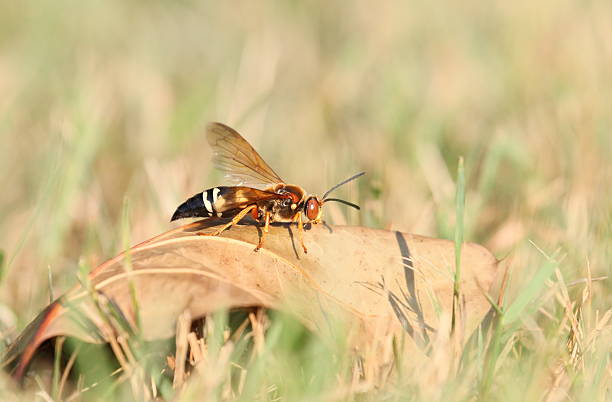
As summer rolls into Provo, you might find yourself enjoying sunny days in your backyard—only to spot a massive wasp buzzing around. These creatures are common summer pests, and it’s natural to wonder what type of wasp it is. Is it a cicada killer or something more aggressive? Knowing the differences can help you feel safer and more informed about the insects sharing your outdoor space. Let’s break it down so you can relax and enjoy your time outside without worry.
What Are Cicada Killers?
Cicada killers are quite the sight! Cicada killer wasps (genus Sphecius) are big, black, and yellow, predatory wasps that can grow to about 1.5 inches long, making them some of the largest wasps you might encounter. Despite their intimidating size, these guys are actually pretty docile. They’re solitary wasps, meaning they don’t live in colonies like yellowjackets or hornets. Instead, they spend their time hunting cicadas, which they then use to feed their larvae. Yes, you heard that right—they’re not interested in stinging you unless they feel threatened!
Key Characteristics of Cicada Killers
Appearance:
Cicada killers have a striking appearance with a black or reddish-brown body adorned with yellow bands. They look similar to yellow jackets, but their size sets them apart.
Behavior:
These wasps are focused on their mission—hunting cicadas. They often fly low to the ground, searching for their prey. If you see one buzzing around, chances are it’s just busy with its tasks.
Nesting Habits:
You’ll typically find cicada killers digging burrows in sandy or loose soil. If you spot a little mound of dirt in your garden, it might be the entrance to a cicada killer nest.
How Do Cicada Killers Differ from Other Common Wasps in Provo?
Now that we’ve got cicada killers covered let’s look at how they stack up against other types of wasps in Provo that you might encounter.
Yellowjackets
These are the small, aggressive wasps that often ruin picnics. Yellowjackets are about 0.5 to 0.75 inches long and have that classic black-and-yellow striped look. They live in colonies, which is why they can be so numerous. If you disturb their nest, watch out—they’re known for their painful stings!
Paper Wasps
Paper wasps are another common sight in Provo. They’re slightly larger than yellowjackets, measuring about 0.75 to 1 inch. They have long, slender bodies and build umbrella-shaped nests under eaves or in your attic. While they can sting if threatened, they’re generally more docile than yellowjackets.
Hornets
Hornets are like the big cousins of wasps. They’re similar in size to cicada killers but are more robust and aggressive. With black and white or brownish bodies, hornets can be quite intimidating. They build large nests, often high up in trees or on buildings, and won’t hesitate to defend their territory.
Why Is It Important to Identify Cicada Killers Correctly?
Identifying these wasps is more than just a fun fact to impress your friends. Knowing what you’re dealing with can help you take the right steps to keep your yard safe. Cicada killers won’t bother you if you leave them alone, but yellowjackets and hornets can pose a real threat, especially if you accidentally get too close to their nests.
What Should You Do If You Spot One?
If you see a cicada killer in your yard, don’t panic! These wasps are generally harmless and important in controlling cicada populations. However, if you’re unsure or feel uncomfortable dealing with them, it’s always a good idea to call a local pest control expert. They can help assess the situation and provide you with peace of mind.
Final Thoughts
So, the next time you see a large wasp hovering around your garden, take a moment to observe it. Is it a cicada killer doing its job or something else that might require a little more caution? With this guide, you’ll be equipped to make that distinction and enjoy your outdoor space in Provo without worry!
Contact a trusted Provo wasp exterminator today for more information or to schedule a wasp inspection.

